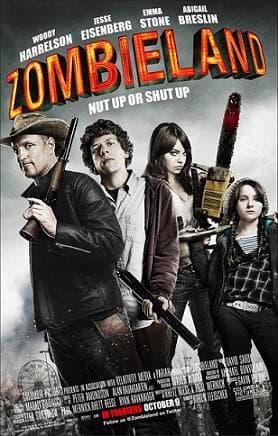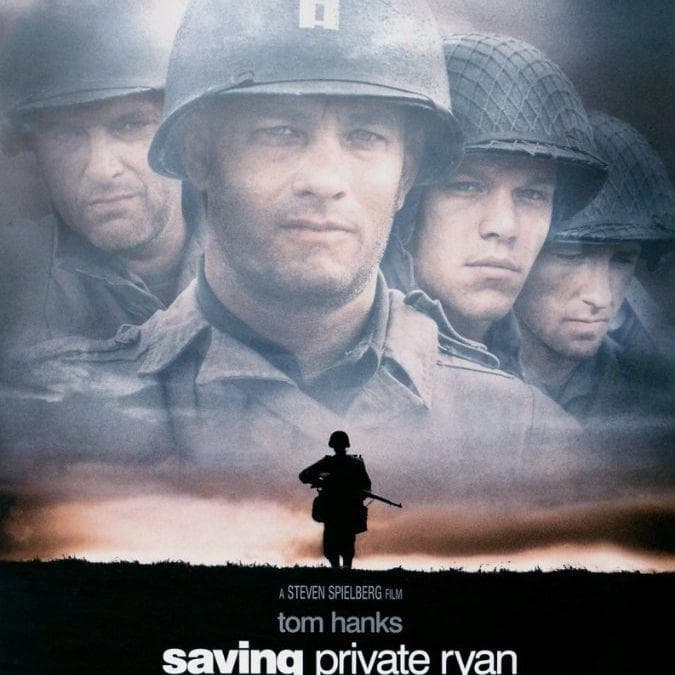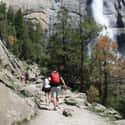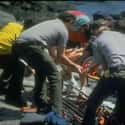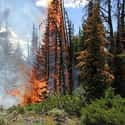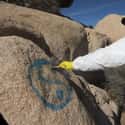-
(#9) People Wander Off Trails, Causing Damage Or Hurting Themselves
National parks offer miles and miles of pre-made trails throughout some of America's most breathtaking landscapes, but some visitors choose not to use them. Whether they're trying to create a unique experience for themselves or attempting to capture a photo of an elusive animal, visitors venturing off into the unknown is both damaging to the environment and dangerous to their safety. National parks set up trails in order to contain the impact on the environment and spend money and time keeping up trail maintenance. If every visitor to a national park decided to blaze their own trail, the damage to the environment the parks are set up to protect would be devastating.
In addition, many rescue operations in national parks come from people wandering off trails and getting lost or inured. Even experienced hikers can get lost or hurt and end up costing others money and time to find and rescue them. It's also important to remember signs and rules are put in place for a reason, and learn a lesson from the guy who crawled over a fence and was boiled alive in an acidic spring at Yellowstone.
-
(#4) Tourists Are Bothering Animals And Sometimes Endangering Their Own Lives
You are more likely to die in a national park due to a traffic accident or medical incident like a heart attack, and death due to an animal attack is rare. In Glacier National Park, for instance, only 10 people have been killed by bears since 1910 despite the fact 2 million potential victims visit each year. However when animals attack, the visitor is usually to blame after apparently forgetting they are not in a theme park.
Visitors have been gored by bison for getting too close and turning their back. A photographer pointed out the relative insanity of visitors approaching a bear and then chasing it when it ran away. Although many signs are posted in every national park reminding people not to approach wildlife, many people don't pay attention and end up injured. The animals suffer from human contact too, becoming accustomed to human food or acting overly aggressive when threatened.
-
(#5) People Underestimate Nature And Need To Be Rescued
Many emergency situations that happen in national parks are due to illness, such as heart attacks or heat stroke, but other times injuries or death occurs because people are careless. Emergency workers responded to 2,658 incidents in 2014 and had to spend between $4 to $5 million to help people who found themselves in trouble in national parks. Rescues are usually dangerous to the emergency workers as well, so keep that in mind when you're walking on slippery rocks next to a raging river.
In addition to ignoring warnings about animals and being attacked, hikers can become lost, fall off ledges when not paying attention (including into the Grand Canyon), or attempt physical feats they are not prepared for. Being safe should be obvious, but when people who've never rafted or backpacked before find themselves going over a waterfall or lost in a remote area with no map, people quickly realize how dangerous being unprepared can be.
-
(#11) They Start Fires Which Can End Up Destroying Millions Of Acres
While many wildfires are ignited by lightning, many more are started by careless humans. Discarded cigarette butts and unattended campfires have been seen as the cause for almost 90% of the wildfires started in the United States, many of which have affected national parks. In 1988, 50 of the 248 fires near Yellowstone were inside the park, causing damage to 36% of the park and costing $120 million to put out.
In addition to destroying the landscape, fires in national parks can endanger the lives of both animals and humans. Fire is also something that can be easily avoided when proper care is taken by smokers and around campfires. Jail time and hefty fines are also great reminders to be careful with flames.
-
(#8) Visitors Take Pieces Of The Park Home With Them, Sometimes Animals
Many people realize trying to take a rattlesnake as a souvenir or loading a baby bison into an SUV is not the wisest decision, but somehow strange stories such as these happen every year in national parks. Visitors often think that taking one stick or rock as a souvenir won't hurt anything, but if all 305 million people who visited national parks in 2016 took an item, these protected areas wouldn't stay beautiful for very long.
Petrified Forest National Park in Arizona is slowly being depleted thanks to visitors seeking free souvenirs. At one point, it was noted 12 tons of petrified wood was disappearing into people's pockets and bags each year. It's important to remember that taking natural items out of national parks is considered illegal, and in many cases also comes with the threat of heavy fines.
-
(#7) Vandals Spray Graffiti And Destroy Landmarks
One would think the natural beauty of the national parks would be art enough, but there have been many cases of graffiti since the parks have been open, with artists often posting photos of their works to their social media accounts.
Gallery curator and graffiti supporter Jeremy Cross noted:
In the modern art climate, throwing graffiti up on a downtown wall is passé. Tagging a national park ups the ante. Of course, you're setting yourself up for a public stigma — and not a good one.
Casey Nocket (aka creepytings) who left her work in seven national parks has been banned for life. Her work included acrylic paint which is extremely difficult to remove without damaging rocks. Cleanup also isn't cheap and if the graffiti is too close to artifacts like petroglyphs, there is risk of even more damage to remove it. Some people ditch the paint and actually destroy natural monuments, like a group of teens in Oregon.
New Random Displays Display All By Ranking
About This Tool
In recent years, the number of tourists to American national parks has surged. However, incidents of tourists failing to comply with the rules and being injured by animals have also increased significantly, causing concerns among management agencies and environmental protection organizations. Many tourists approach wild animals without authorization, causing their own casualties, or injuring animals. For example, a Canadian tourist once drove away a small bison, causing the bison herd to no longer accept the small bison, and the staff had to euthanize the small bison.
More tourist violations have increased the workload of the park staff and are gradually destroying the ecological environment of the national parks. In some extreme cases, tourists even died. You could find 15 descriptions of terrible tourist behaviors with the generator.
Our data comes from Ranker, If you want to participate in the ranking of items displayed on this page, please click here.


